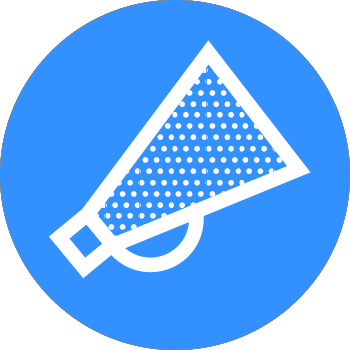
2022 Email Marketing Report
The digital space has grown rapidly in the last two years as people moved to more hybrid and/or work-from-home situations and therefore developed new needs. Companies must not only keep up with these needs, they must anticipate them. With that, more companies are starting to lean heavily on the email marketing space. From 2020 to 2021, 13.2 billion more emails were sent compared to 2019. Email marketing has a $42 to $1 return and was valued at $7.5 billion in 2020 and it is projected to increase to $17.9 billion by 2027.
When it comes to email marketing, personalization remains key. With nearly 6 billion active email profiles and over 306 billion emails being sent daily, staying relevant and keeping priority inbox placement is essential for every marketing plan.
Here are 5 top ways you can ensure your 2022 email strategy stands out in the inbox.
- Personalize, personalize, personalize. This is a top recommendation every year. Why? Because nothing makes you hit ‘unsubscribe faster’ than a poorly timed email or sending someone cat pictures when their data clearly shows they love birds. Get creative. Go beyond [first_name] and really consider what kind of content your customers are looking for — or better yet, send them what they’re looking for before they know it. Segmentation, list development, welcome series workflows specific to signups, etc. Which lead to number 2…
- Reporting. Those who do the reporting, know your customer database the best. How else are you supposed to know which workflows are performing the best, which campaigns are converting, which call-to-actions are getting action in return? Invest in your reporting, invest in a team who can read reporting, and develop actionable takeaways. 74% of users reported hating getting irrelevant emails to their inbox, don’t lose that 74%.
- Design. Dark mode, light mode, mobile, tablets, desktops, accessibility. Design doesn’t stop at creating an email. Design dives into where it’ll be sent, who will be seeing it, what their settings are, where their preference of viewing their email is. New to design or are you a team of one? The best place to start laying equitable groundwork for all your users is by considering the accessibility of an email, checking the colors you’re using to ensure colors don’t bleed together, ensuring the text is an appropriate size, a legible font. The list goes on.
- Deliverability and Reputation. A low Google rating demolishes the reputation of any well-known, local or small company. The same goes with an inbox reputation. How well your emails deliver to inboxes (are they in your primary folder or are they going to spam?) determines your reputation and how inboxes view you. Are your KPIs suddenly going down? Check your deliverability and reputation status. A bad reputation can be resolved, but much like a bad Google rating, it can take a long time. Want to stay ahead of the game? Ensure your reporting game is up to snuff.
- Automation. Did you know that automated emails generate 320% more revenue than one-off sends? Pretty neat. Execute superior automation emails by starting small and then going big. Welcome emails are often the most successful automation campaigns anyone can run with an over 50% open rate. Start with your welcome flow, then birthday, then cart and browse abandonment. Optimizing these tried-and-true categories can help you gain the skills and reporting you need to get a grasp, and learn your audience.
*Bonus tip. Maximize your audience reach with an omnichannel approach. Most ESPs have capabilities to sync up customer experiences through a variety of channels. Research has shown that data decay is at an all-time high with ‘The Great Resignation’ changing job statuses and impacting user behavior which has led to many contacts becoming obsolete. An omnichannel approach can help companies navigate the acquisition and retention challenges resulting from the current trend.
